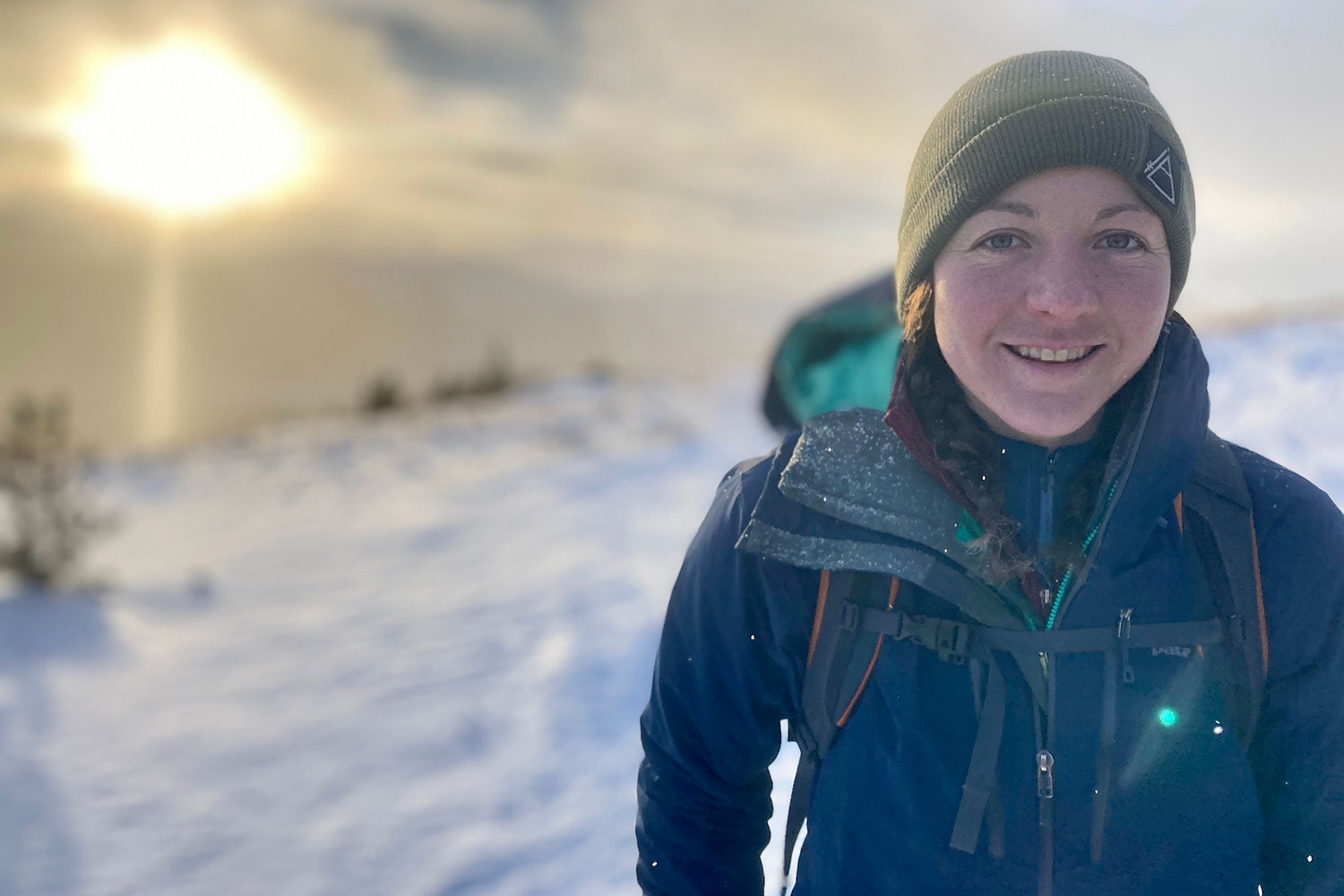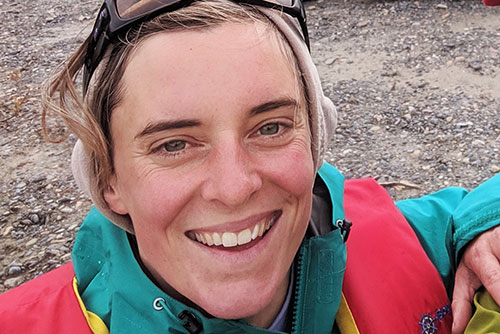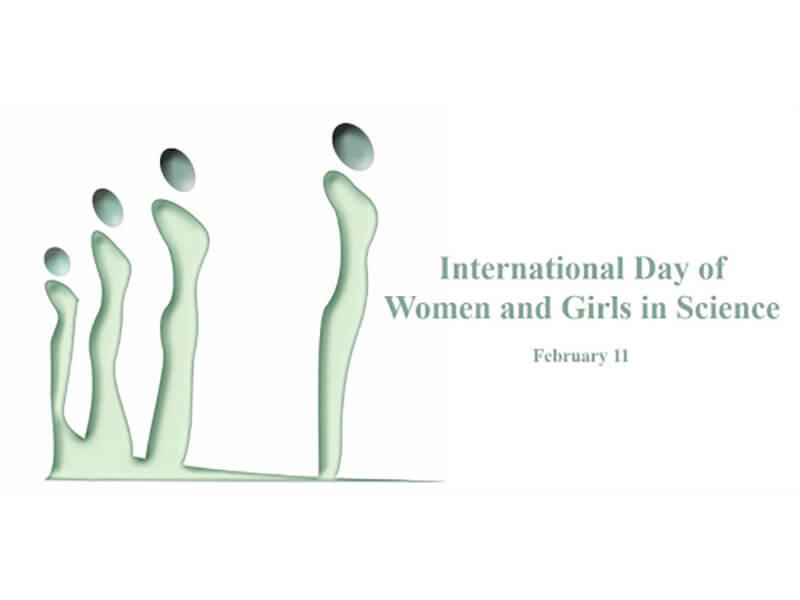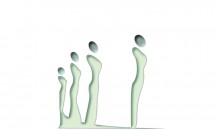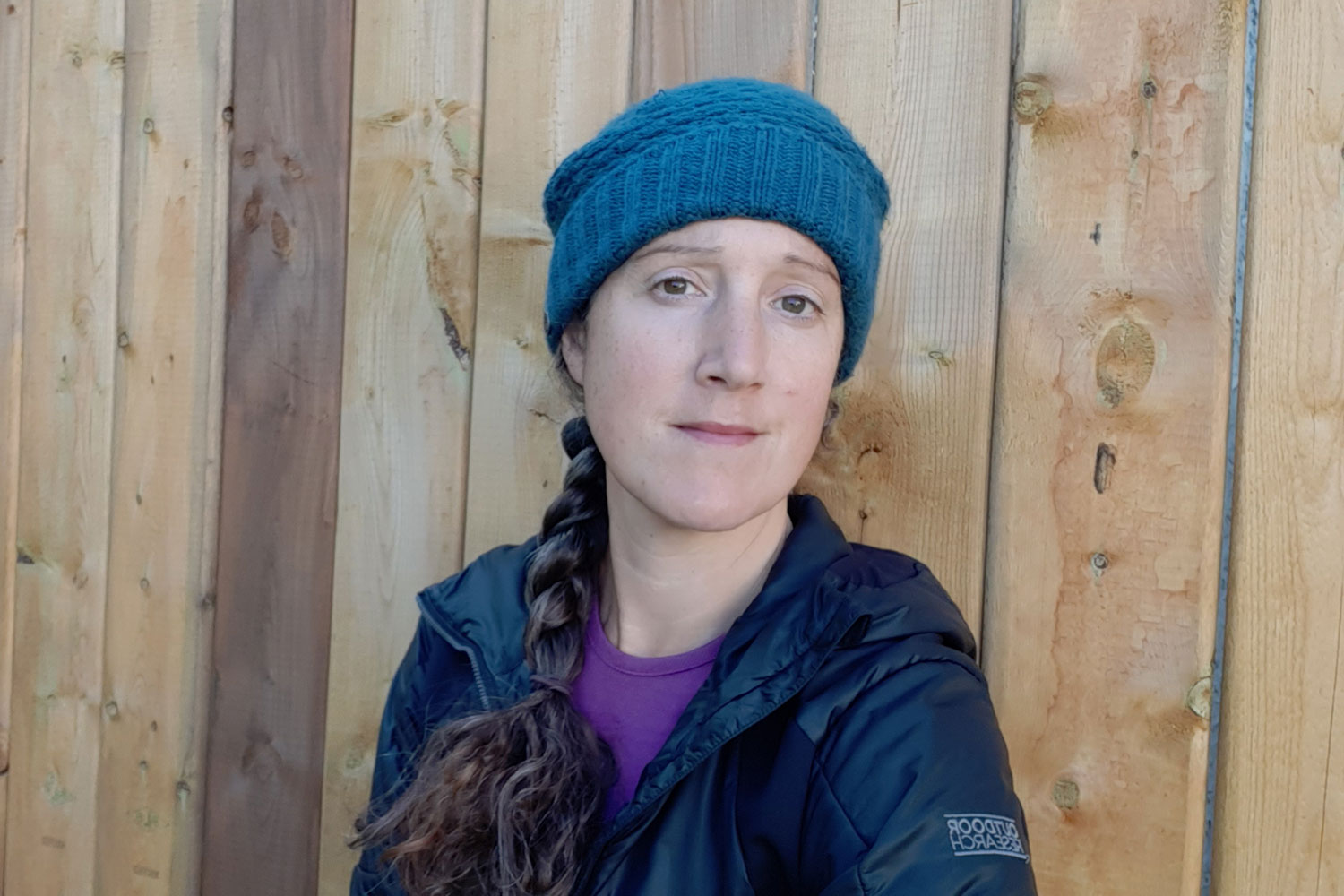
By Dr. Laura Finnegan
I was always interested in biology and ecology. At school we did some standardized aptitude tests and because I really like biology and maths, it suggested three careers for me: veterinarian, zookeeper, or beekeeper.
Those are not the only three options in real life.
The test didn’t have ecology careers as options, but despite this, I was pretty sure I wanted to be a marine biologist. During my university program, my interests gradually shifted, and I started taking more courses about terrestrial wildlife than marine biology.
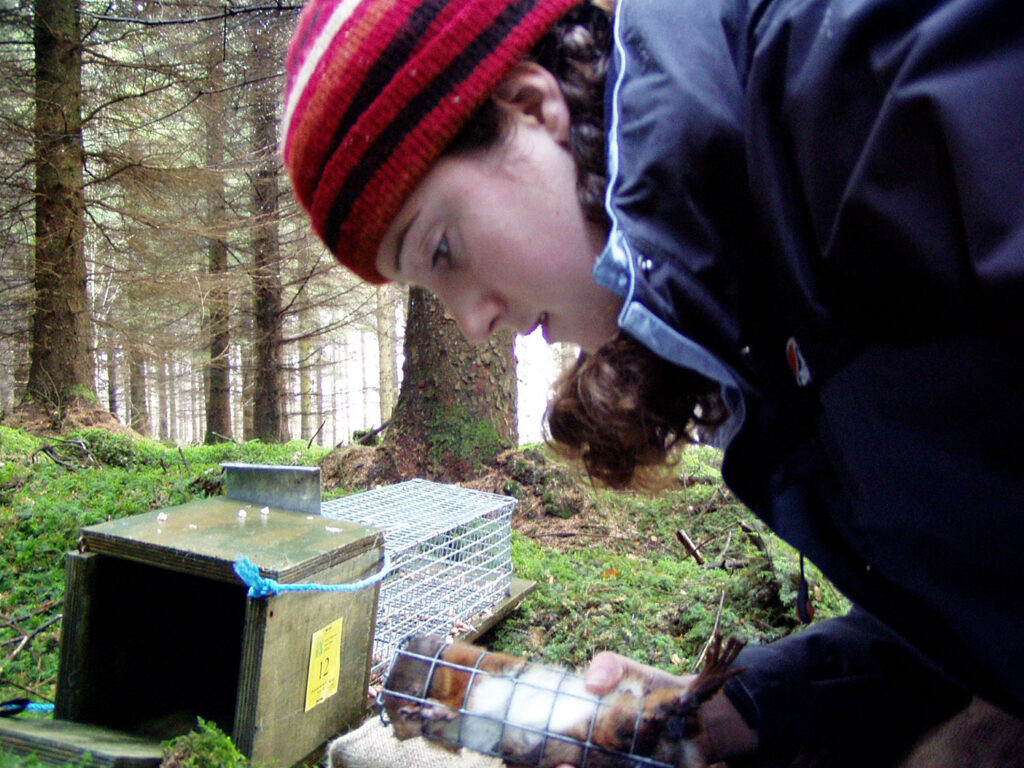
A huge component of the final part of my undergraduate degree was a research project and I picked an assessment of non-invasive red squirrel monitoring methods. In doing the literature review for that, I realised there were a lot of unanswered questions about red squirrels in Ireland and approached my supervisor about developing some of those questions into a PhD project. Luckily at the time there were new research funds available for PhD work in Ireland through the Irish Research Council for Science Engineering and Technology (the Irish equivalent of an NSERC), that I was able to secure to fund my project.
My PhD research had a big field component, which meant a lot of time outside, visiting beautiful places in Ireland that I’d never been to before. But it wasn’t always easy. And was often frustrating. My advice for anyone starting graduate research is to make sure the project is something you’re truly interested in as that will help keep you motivated when you run into issues (and every graduate student will run into issues!). It’s also really important to have a supportive supervisor, committee, and lab group. Talk to other students and post docs in the lab to make sure it will be the right fit for you.
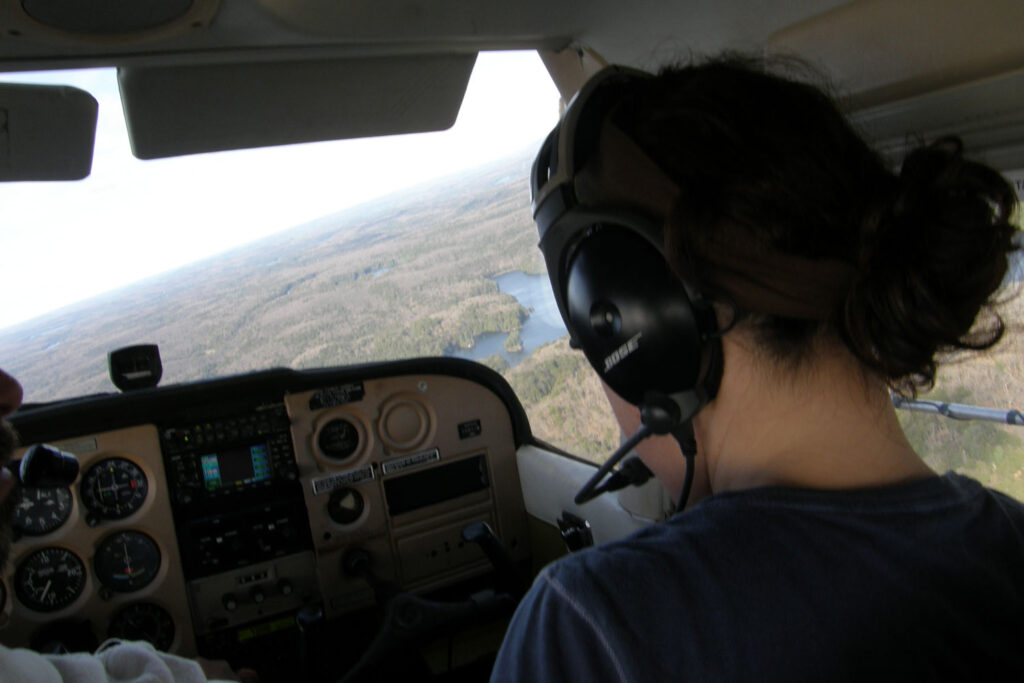
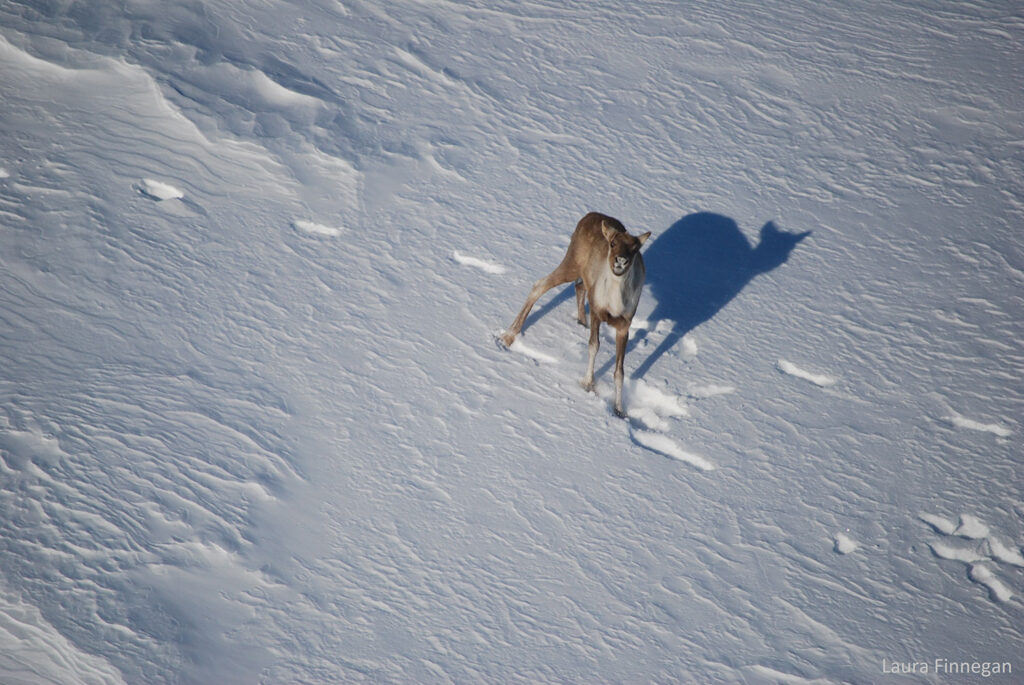
After doing some short-term contracts in Ireland and Botswana, I moved to Ontario to do a post-doc at Trent University looking at moose in and around Algonquin Provincial Park. My next project was on caribou genetics in northern Ontario, and around that time I applied for a job opening for a Caribou Program Lead at the Foothills Research Institute.
That first year, I had to figure out where the Caribou Program would fit within the busy Alberta caribou research landscape. I was out of the office a lot, at the study sites, helping at the field camp, doing GPS collar monitoring, and meeting with potential partners to learn what government and industry needed. At the same time, I had to dive into the scientific literature to understand exactly what’s been studied in Alberta and what would be feasible for me to do. I was also on the road, connecting with other researchers to make sure we weren’t duplicating work.
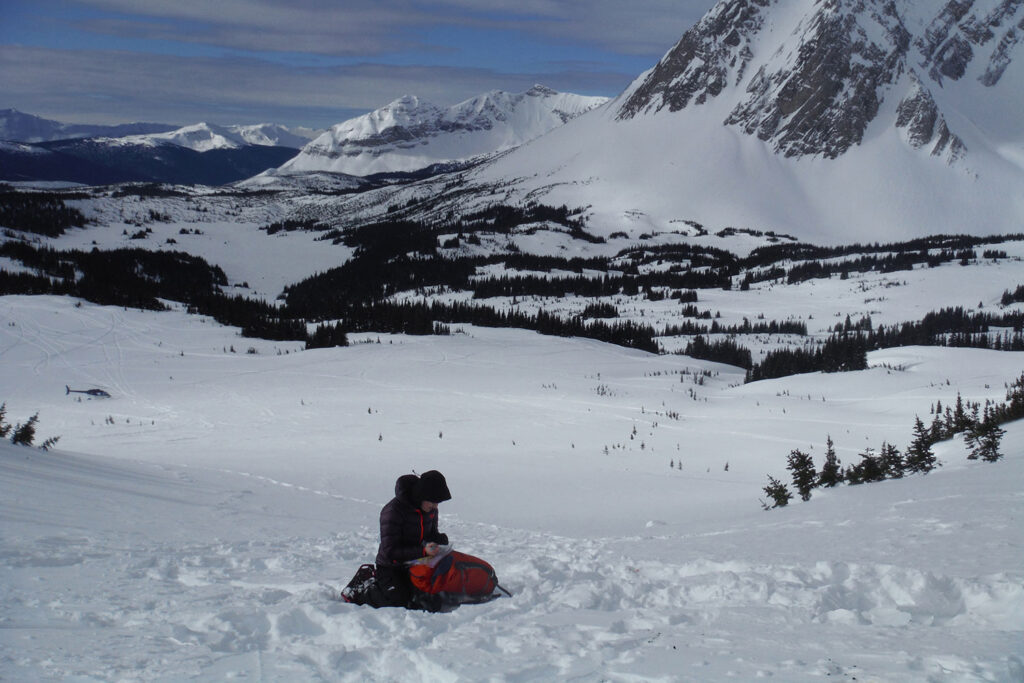
Thankfully I had hired some amazing people. I genuinely couldn’t have managed it all without a collaborative team that could work very independently. When I was out and about meeting with partners they were back in Hinton making the research happen – designing field protocols, figuring out the logistics, and managing the field crews. The Caribou Program has had a great team over the years, building on each other’s strengths and weaknesses (e.g. my avoidance of commas,,,,,), and not afraid to push back on each other, or me, when ideas are just not feasible.
After the first few years, I gradually (sadly) had to leave the fieldwork to my team so I could focus on finding new funding sources, talk to partners about research projects that they might be interested in, and of course, write up the results that were now coming in. But every now and then I was still able to get out into the field.
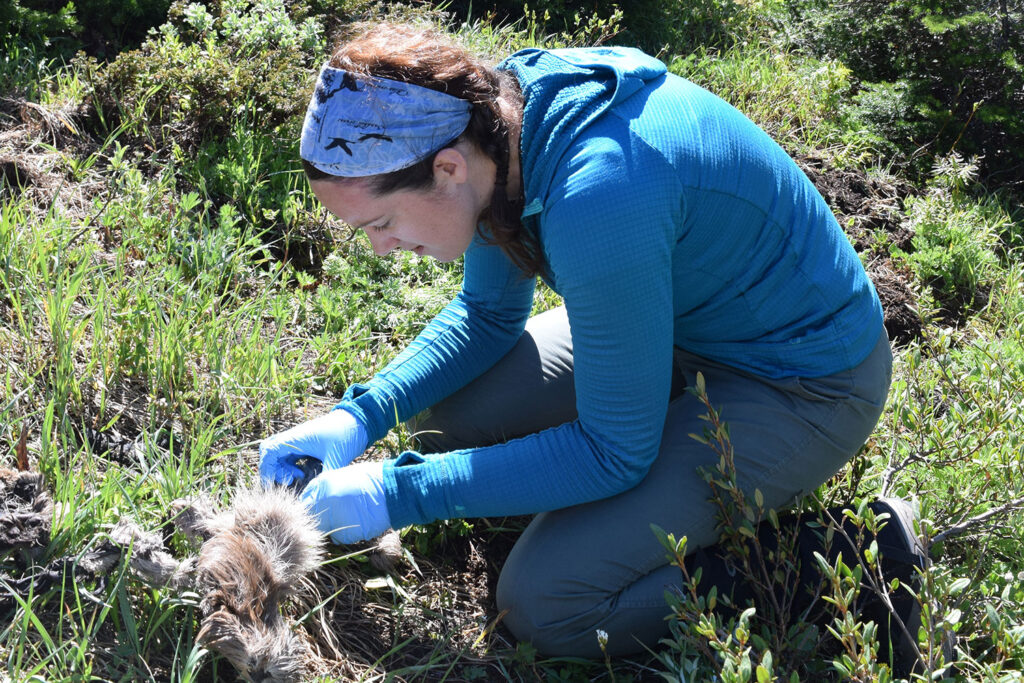
The whole team (plus the occasional Grizzly Bear Program biologist on loan) were conscripted into our caribou mortality study. If the GPS collars on caribou sent a mortality signal, we would get an alert and scrambled to get to the carcass within 24 hours to determine what killed it. Likewise, in the winters from 2018–2020when we were capturing and collaring deer, we all (including me) had to be on standby to get to the traps, collar, and release the deer as soon as possible.
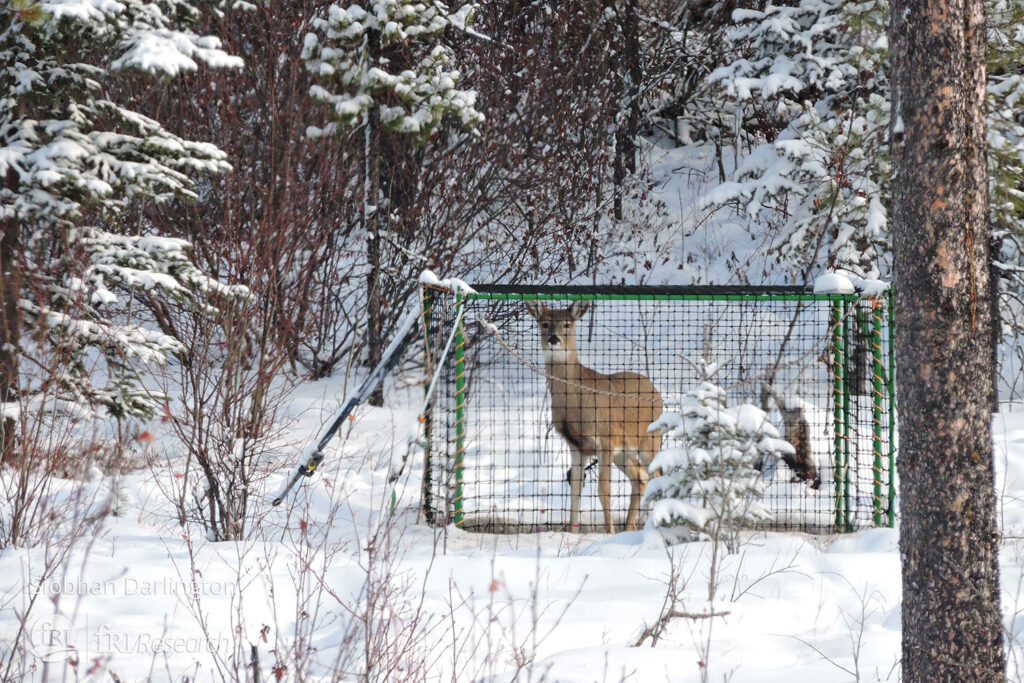
That deer capture project is something I’m very proud of. Mainly because our capture team was primarily (and sometimes completely) women. This is sadly still unusual. There still seems to be an archaic belief when working with large animals, and especially when it comes to wildlife capture, that women are less suitable for the job. Yes, winter capture is hard. It’s hard for everyone on the team, whether they are male or female. Our mostly female team kicked ass and we successfully collared over 20 deer – the first time deer had been collared in west-central Alberta. And for that project we were lucky to work with experienced wildlife veterinarians and biologists, who were mostly men, but who didn’t care or comment about the sex ratios on the team and didn’t gatekeep their knowledge of wildlife capture.
And that’s what I’ve personally been paying attention to lately; who are these allies? The people who make a point of including women (and other minorities) and creating a welcoming space. Who listen and include, and don’t dismiss others lived experiences. My whole professional life I’ve had experiences in meetings, at conferences, and on social media where women are conspicuously not asked for their opinions, are interrupted, and spoken over. Where women have their own research or areas of expertise explained to them.

My advice to other women in this field is to work with those allies as much as possible, and to try to be an ally yourself for other people who might need it. Focus on the people who are helping and when a man (inevitably) explains your own research (incorrectly) to you, don’t let it get you down. At least not for too long. I’ve stuck with it because I’m really interested in the research that we do and I get to work with amazing people with all pronouns. And of course, I want caribou to be around for future generations. I’ve also enjoyed following the careers of female biologists that worked with us over the past decade – now leading their own wildlife capture teams, completing graduate degrees, working on everything from mosses to grizzly bears. It’s exciting to see these strong women succeeding in wildlife research.
Because women have much a right to do wildlife research as anyone else.
Dr. Laura Finnegan has led the Caribou Program since its beginning in 2013. Over the past ten years, she has been the principal investigator on over a dozen research projects that have advanced our understanding of caribou ecology in Alberta and delivered practical knowledge and tools for their long-term conservation.
Dr. Finnegan would especially like to thank Doug MacNearney and Dr. Karine Pigeon for keeping her approximately sane in the early years. And for the chips. She also wants to shoutout the deer capture team: Dave Bell, Leonie Brown, Siobhan Darlington, Jen Dillon, Bernie Goski, Mackenzie Irwin, Ashley Kocsis, Karina Lamy, Terry Larsen, Bryan Macbeth, Tracy McKay, Karine Pigeon, Owen Slater, Suzanne Stevenson, Erin Tattersall, and Caeley Thacker.







